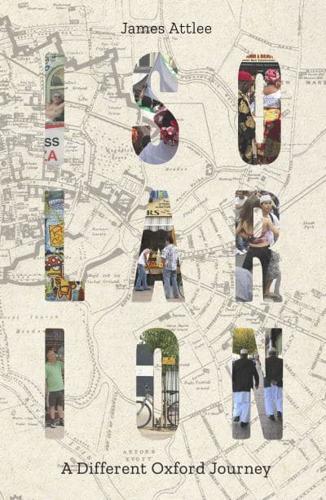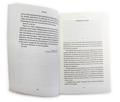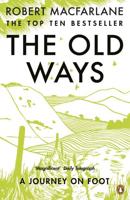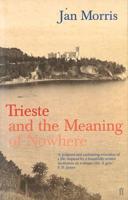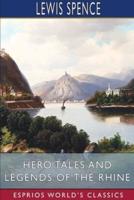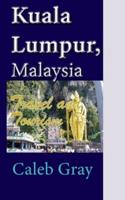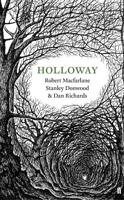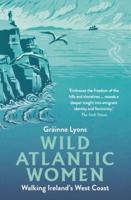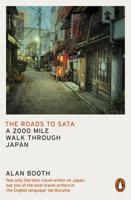Publisher's Synopsis
A travel writing classic, with a new preface by the author and an afterword by Geoff Dyer.
‘A time may come in your life’, Isolarion begins, ‘when you feel the need to make a pilgrimage.’ But when it does, how is a parent with a full-time job to respond to the call?
The answer is by starting close to home. Attlee takes us on a journey down one teeming, multicultural street in his neighbourhood, which connects the ancient university city with the car factory in Cowley. This is a different Oxford to the one we know from Brideshead and Inspector Morse, with its shops, restaurants, music venues and places of worship offering philosophies and flavours from across the globe. Why go the other side of the world, Attlee asks, when a world awaits discovery just outside your front door?
At once a charming road movie, a spirited defence of a pluralistic society and a call to celebrate the eclectic vitality of British cities, the message of Isolarion feels all the more timely at the beginning of the century’s third decade.
‘Attlee reminds me of the old scholars, chock full of intellectual curiosity and an almost alchemical sensibility. Here you will find wry humour, reflection, strangeness and charm.’ Ray Mattinson, Blackwell’s, Oxford
REVIEWS OF THE PREVIOUS EDITION:
The attraction, for Attlee, is that the Cowley Road 'is both unique and nothing special'; the resulting book is unique and very special. . . . Residents of East Oxford can be proud to have this eccentric advocate and eloquent explorer in their midst Guardian
A gem...James Attlee's scholarly, reflective and sympathetic journey up the Cowley Road ...blends a vivid account of daily life, fluid and unsettling, in a modern British town with powerful allegorical reflections on the connections between past and present, time and space, and high culture and the hard scrabble world that sustains it Economist
Attlee paints an iridescent picture of a new Oxford that no guide book has yet captured New York Times
Exploring the multicultural and richly layered landscape on his doorstep, he proves that good travel writing is not about where you go, or how you go there, but the way that you look at the world that you pass through Sunday Telegraph
